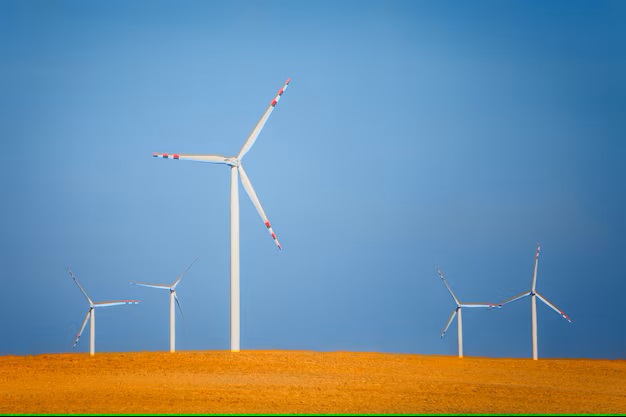Engineer Salem bin Nasser al Aufi, the Minister of Energy and Minerals, has outlined Oman plans to transition towards renewable energy sources. By 2030, Oman aims to generate no less than 30 percent of its electricity or power consumption from renewable sources. This signifies a significant shift away from traditional fossil fuel-based energy production.
The government is focusing on multiple fronts. Firstly, efforts are underway to halt routine burning processes in the oil and gas sectors. Additionally, there is a push to adopt environmentally friendly energy alternatives, particularly in industrial regions and cities.
Studies are being conducted to assess the feasibility and cost-effectiveness of alternative energy sources. These studies also explore the necessary adaptations for factories to embrace modern technology in energy production. Notably, sectors such as industry, electricity production, oil and gas, and transportation are identified as major contributors to carbon emissions, accounting for approximately 95 percent of emissions.
While some government institutions are actively pursuing projects to reduce carbon emissions, others are still in the process of identifying suitable initiatives aligned with Oman’s plan for achieving zero carbon neutrality by 2050.
Several projects have already been announced in the electric energy sector, demonstrating Oman’s commitment to renewable energy. These include the “Manah 1” and “Manah 2” stations, along with preparations for the “Ibri 3” station. Additionally, plans are in place for the construction of five new stations dedicated to electricity generation using wind energy. These stations include the “Dhofar 2” station, Sadah station, Duqm station, Mahout station, and Jalan Bani Bu Ali station. These initiatives mark significant steps towards Oman’s renewable energy goals and its broader commitment to sustainable development.


